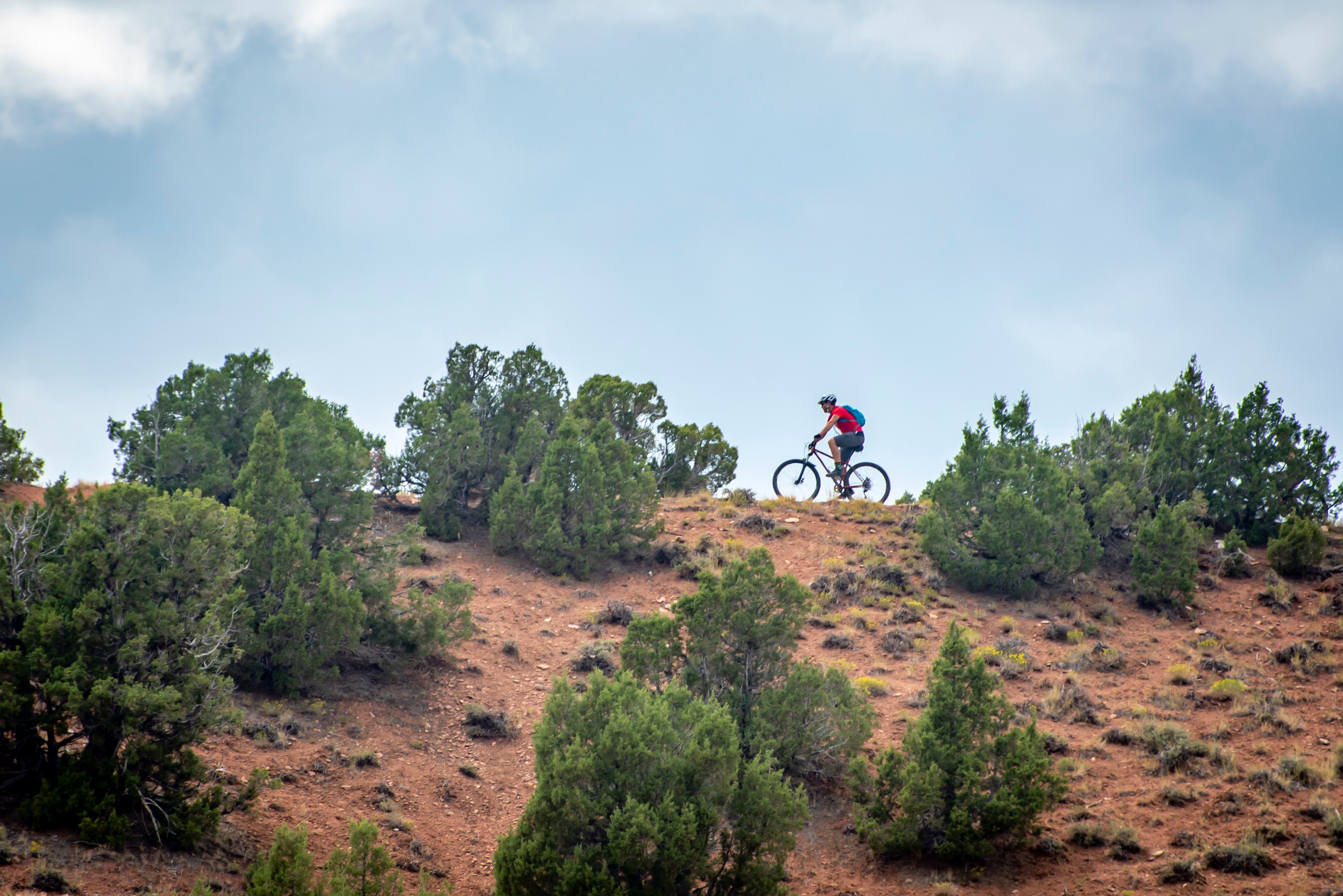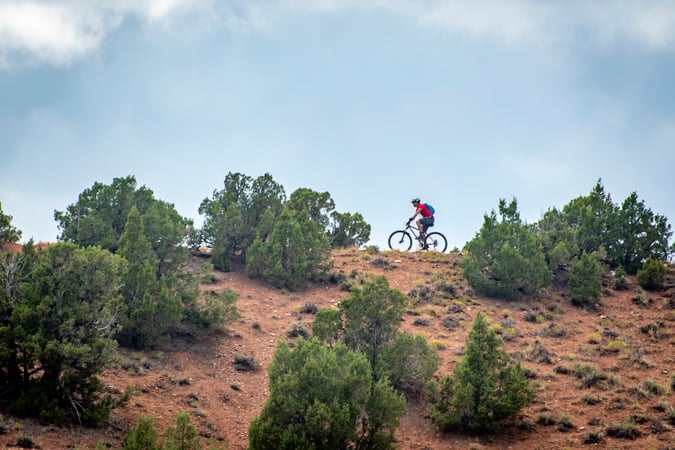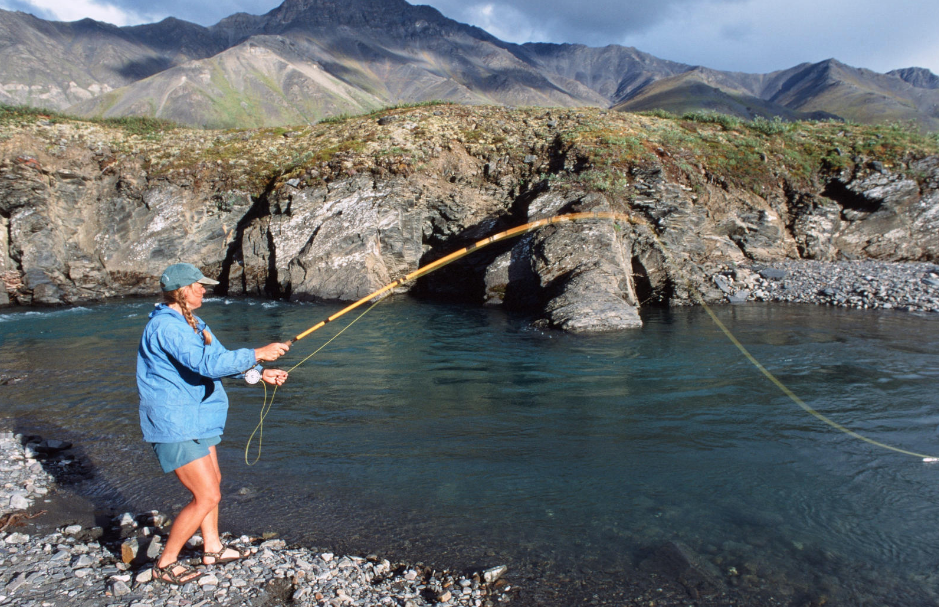
You’re enjoying a beautiful day at your local fishing spot. Fish are rising everywhere and you’ve hooked three big brook trout already. But your day can easily take a turn if you accidentally walk through a patch of poison oak. Or get stung by a wasp. Or slip on the rocky shore.
The majority of first aid situations encountered while fishing are minor and easily treatable, but they shouldn’t be ignored. Most of the time your goal is to keep the condition from worsening so you can continue with your day, and hopefully catch the big one.
Here are our tested strategies for handling the incidents you’re most likely to see when you fish lakes, rivers, streams, or the ocean.
Poison Oak, Ivy, and Sumac
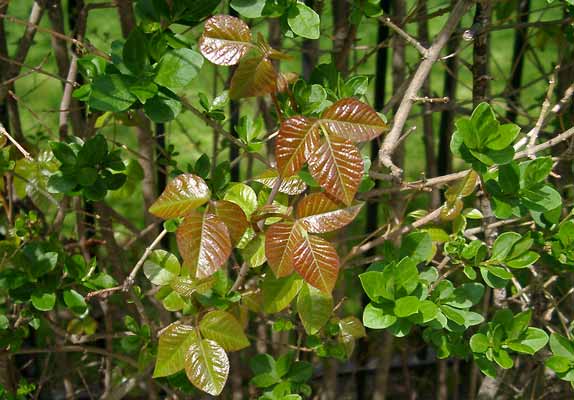
Poison oak, ivy, and sumac grow in all of the lower 48 states (poison oak is usually west of the Rockies, poison ivy east of the Rockies, and poison sumac in the Southeast). They often grow near the edges of lakes, rivers, and streams, making it especially hazardous for people out fishing.
Individuals vary in their sensitivity to urushiol, the oil present on the surface of these plants. It can cause a contact allergic reaction, characterized by the skin becoming red and itchy with a blistered rash and scaly, crusting wounds.
What to do
This reaction can’t be stopped once you get it; what you can do is prevent additional contact and treat the symptoms. Try to wash the area immediately after exposure with soap and cool water—you may be able to remove some of the oil before you react. Wash all clothes and equipment that may have been exposed. Then, apply a thin layer of 1% hydrocortisone cream or calamine lotion or try oral antihistamines to reduce itching.
Prevention is key: learn to recognize poison oak, ivy, and sumac, since nothing works as well as avoiding contact.
Bee and Wasp Stings
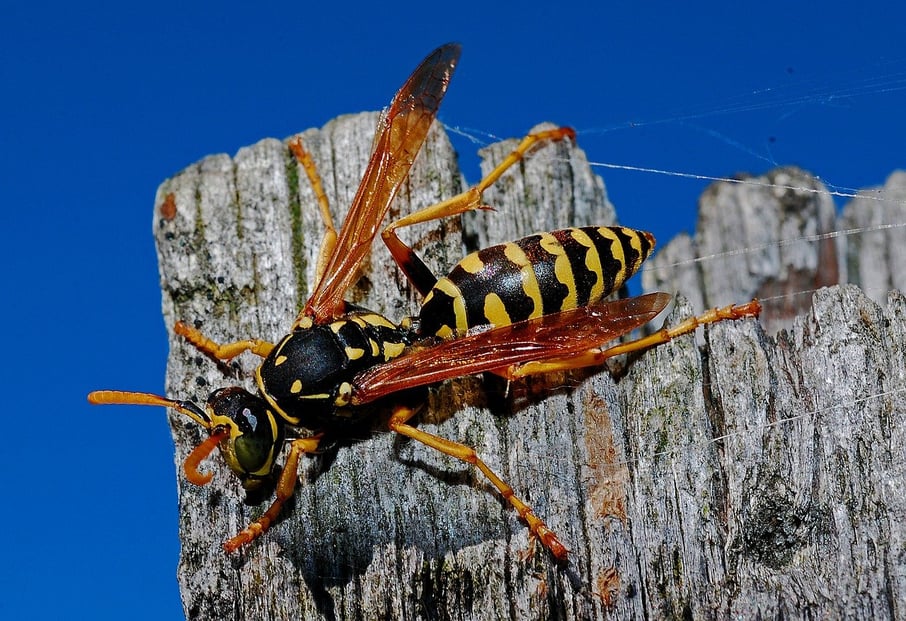
Stings from bees and wasps usually cause instant pain, swelling, and redness. Bee stings cause more anaphylaxis (severe allergic reactions) than do the stings of any other insect. Multiple stings, especially those occurring right after one another if you disturb a nest, are more dangerous than single stings.
What to do
If the stinger remains in the skin, scrape or flick it out. Venom may continue to be injected until the stinger is scraped away. After it’s removed, gently clean the wound with antiseptic soap. Ice or cool compresses can be used to help relieve pain and swelling. Avoid scratching the sting, as this can cause a secondary infection. You should also watch for signs of anaphylaxis and treat if necessary.
Sunburn
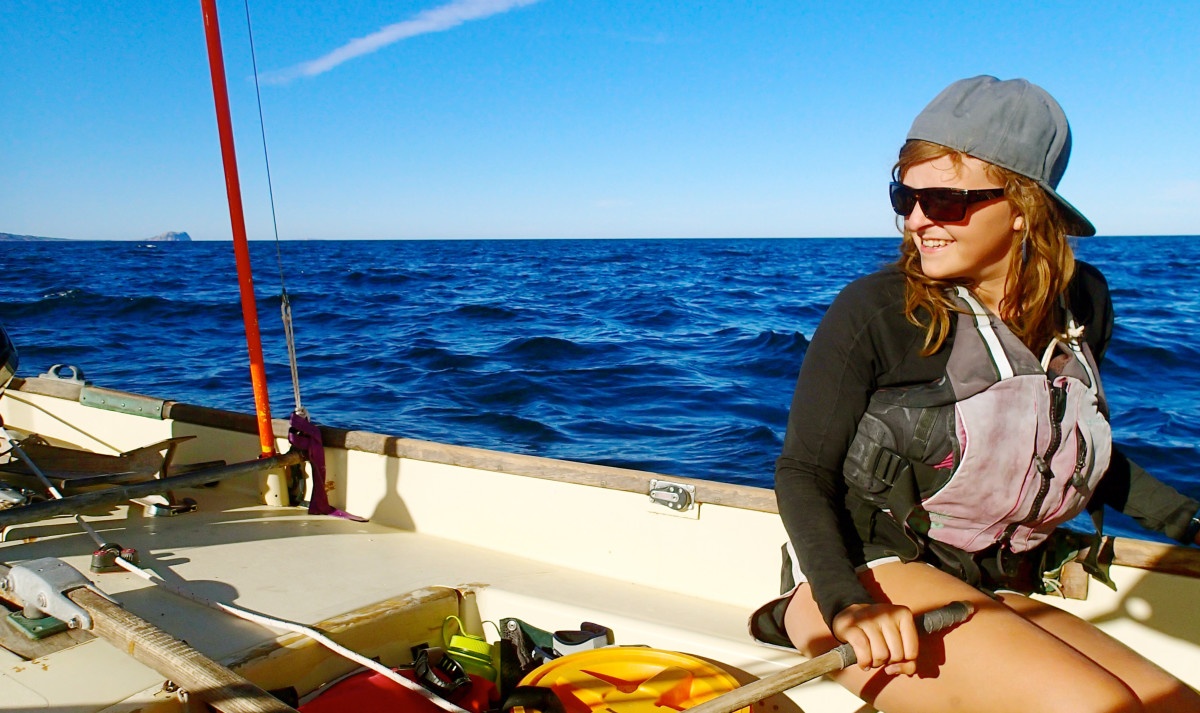
Exposure to the sun can also pose hazards while fishing. Minor burns may be nothing more than a nuisance, yet they represent a potential site of infection. Sunburn can result in superficial or partial thickness burns.
What to do
Prevention is important: it’s best to use sunscreen in addition to wearing a wide-brimmed hat, long-sleeve shirt, long pants, and sunglasses. It’s a good habit to apply sunscreen well before you are exposed, reapply it frequently, and pay special attention to protecting your lips, nose and other sensitive areas. Minimizing sun exposure between 10am-2pm when ultraviolet is at its strongest is also a good strategy, if possible.
If you do get burned, cool, wet dressings will relieve some of the pain caused by sunburn. Taking aspirin or ibuprofen are also recommended.
Cold Water Immersion
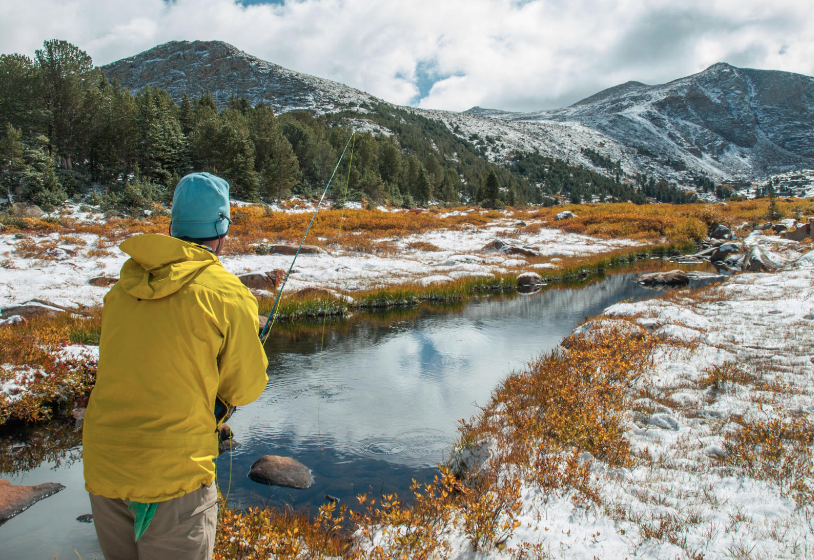
Cold water immersion, which is caused by falling in the water, your waders filling and soaking you if you go in above the waistline, or planned wet wading, can be one of the more serious fishing mishaps. The main thing to be mindful of here is the temperature of the water, which can be dangerously cold in some places even in the summer. For example, lakes in the Rocky Mountains warm only to the mid-50s (13°C) in summer. Counting on warm summer air to dry you isn’t a guarantee, since storms can move in quickly and cause the temperature to drop.
It’s a common misperception that you will quickly become hypothermic and drown when immersed in cold water. In fact, while cold water is uncomfortable and can quickly diminish strength and coordination, actual hypothermia takes a while to develop. Knowing this, you shouldn’t panic since you have time to plan your actions.
If you do fall into cold water, knowing what happens to your body can be helpful. First, you’ll gasp for air, the blood vessels in your extremities will constrict, and your breathing and heart rate will increase. The initial gasp may result in water inhalation, and the rapid breathing rate makes it more difficult to hold your breath underwater. As strength and coordination diminish, the chance of drowning increases.
What to do
First, remove the person in question from the water (if you think there’s a chance of severe hypothermia, be gentle and avoid vigorous movement that may disturb the heart). Next, ensure adequate airway, breathing, and circulation;dry and insulate them to prevent further heat loss; and fuel them with food and warm, sugary drinks. If needed, put them in a sleeping bag, and consider adding water bottles full of hot water to the sleeping bag for extra heat.
Wounds

There are many ways to cut or scrape yourself while fishing: cutting yourself while cleaning a fish, slipping on a boat or shoreline, messing with a boat propeller, or by accidentally hooking yourself (particularly with treble hooks, spoons, or spinners, or while trying to take a flopping fish off your line). In all cases, even relatively minor injuries, these soft tissue injuries are concerning because of the possibility of infection when the skin is broken.
What to do
Your first aid should include controlling the bleeding, cleaning the wound, and monitoring for signs of infection. Applying direct pressure (with your hand and a piece of fabric or preferably sterile gauze) and elevating the wounded area will stop most bleeding when used in combination.
You should treat any wound, even a tiny one, as possibly infected; cleaning the wound is a priority. Use clean, drinkable water to irrigate the wound and remove potentially infectious bacteria and debris. Next, dress and bandage the wound with sterile gauze held in place directly over the wound. Antibiotic ointment can also be applied to the dressing (rather than directly to the wound). Dressings should be changed daily. Monitor for signs of infection, which include increased swelling, local pain, warmth, and expanding redness over 18-36 hours.
Sprains and Strains

Sprains, strains, and tendonitis can occur if you twist an ankle or knee while moving around the water’s edge. These types of injuries result from tendons, ligaments, or muscles being stretched, torn, or irritated. Knowing how the injury occurred can help you determine whether it is likely a sprain (sudden and traumatic) or an overuse injury (progressive over time).
Symptoms that would suggest a sprain or overuse injury include swelling, discoloration, tenderness, diminished range of motion, or inability to bear weight. On the other hand, severe point tenderness, immediate swelling, sound of a pop at the time of the injury, and inability to use the joint suggest a more serious sprain or fracture.
What to do
It’s impractical to diagnose this type of injury in the wilderness. Instead, you should decide if the injury is usable or not by testing if it can bear weight. If it’s usable, consider tape or a brace for support. If it's unusable, the injury should be immobilized and the patient evacuated. Base your decisions on practical considerations: continued pain, an injury that does not heal, or the inability to travel. These cases mean you will need to evacuate and seek definitive medical care.
Snow Blindness (Yes, Even without Snow)
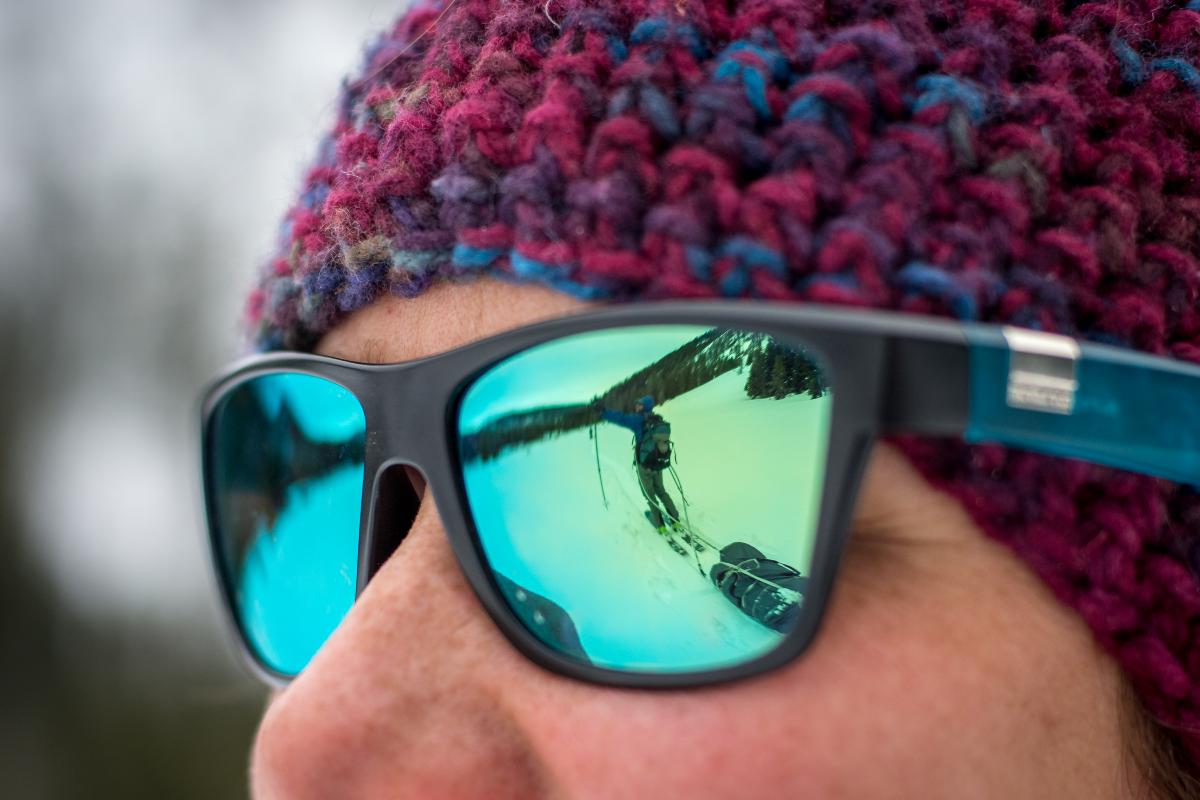
Intense exposure to UV light, caused by reflection off the water, can cause damage to your corneas with as little as an hour of exposure to bright sunlight, although symptoms may be delayed up to 12 hours later. People affected by “snow blindness” (the medical term is UV photokeratitis) aren’t actually blind. Moving, blinking, or opening your eyes will be painful. Your eyes will feel dry, as if they’re full of sand. They’ll be red and will tear excessively. Vision can blurred and there will be light sensitivity.
What to do
Snow blindness heals spontaneously after several days. Cold compresses, pain medication (like aspirin), and a dark environment can be used to relieve the pain. Don’t rub your eyes since this can damage the corneas. Consider patching your eyes for comfort and make sure that you remove contact lenses.
Preventing this condition is simple: wearing sunglasses, especially those with side-blinders, decreases the ultraviolet radiation received by your eyes. Wear your sunglasses on cloudy or overcast days as well as sunny ones.
- Wilderness First Responder
- First Aid
- Wilderness First Aid
- Fishing
- Wilderness Medicine
- Illness & Injuries
Written By
Ben Lerman
Ben is the former NOLS Wilderness Medicine Marketing Coordinator and a Wilderness First Responder graduate. He enjoys rock climbing, backpacking, kayaking, and hopes to someday adventure in the mountains on each of the 7 continents.




